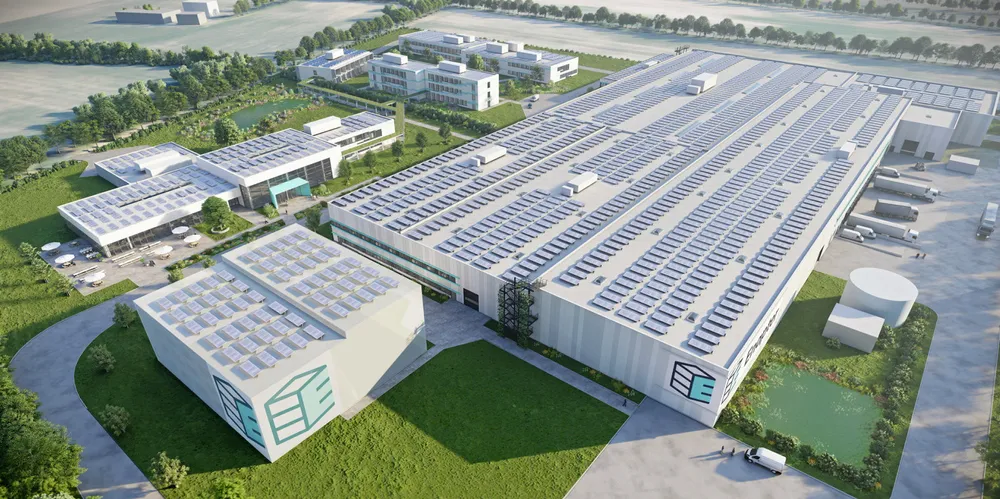‘Our unique AEM electrolysers will produce cheaper green hydrogen than any rival tech’
Start-up Enapter says its anion-exchange membrane machines will have lower capex and opex than alkaline and PEM competitors, while being more energy efficient

Start-up Enapter says its anion-exchange membrane machines will have lower capex and opex than alkaline and PEM competitors, while being more energy efficient
